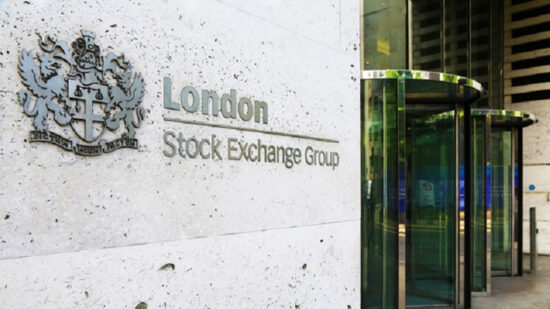A hybrid approach can best reconcile many investors’ short-term view of their investments with the opinion that incorporating ESG (environmental, social and corporate governance) principles tends to improve companies’ long-term financial performance, Gayer explained.
It also reflects two approaches to ESG investing. One is the more passive approach of selecting companies that currently hold high ESG scores with expectations of better performance than non-ESG competitors.
The other approach is more active: Choosing companies just starting to adopt ESG principles, engaging with them to progress on that path, and reaping potential rewards of improvements in governance and sustainability.
“The industry has been geared toward monthly or quarterly performance,” Gayer told our sister publication Fund Selector Asia. “When it comes to ESG, we say ‘Wait 10 years, then we’ll give you evidence of how it occurred’. This doesn’t make any sense. There has to be a hybrid approach.”
Toolkit
Measuring the effect of ESG implementation on portfolio performance is actually quite simple, according to Gayer. It uses standard performance attribution techniques − tools measuring how individual stocks, sectors and asset classes add value.
One simple approach to ESG implementation is to avoid companies exposed to certain controversies. In order to measure the effect of this approach on a portfolio, companies scoring high on a controversy score would be flagged and moved to a separate bucket.
The impact of these flagged companies on the portfolio’s return, volatility and yield can then be backtested.
Similar analysis can be done with other approaches to ESG implementation, such as negative screening of companies that derive revenue from businesses such as tobacco, alcohol and weapons.
Effects of the engaged approach to ESG, such as working with companies to help them improve corporate governance and disclosure practices, are more difficult to measure, as the improvements may take years to materialise.
While the topic is far from settled, a 2015 meta-study concluded that ESG implementation improved companies’ long-term financial performance.
One empirical approach to measuring this effect, Gayer suggests, would be to divide a portfolio of companies into buckets based on their progress toward ESG implementation and treat them as separate strategies.
Trade offs
Simple approaches to ESG implementation, such as negative screening, are a good match for passive investing. The marriage would result in smart beta products that automatically tilt a stock index away from market-cap weighting to underweight or exclude companies with low ESG scores and overweight those with high ones.
Gayer’s team at BNP Paribas has conducted studies for its customers (not available publicly at this time) of tilting common equity indices toward companies with high ESG scores.
“We’ve found improvements in volatility,” said Gayer. “We found that the correlation was roughly the same, the tracking error was 1.5%-2% versus the parent index, and drawdown was better contained.”
Another study of the top 50 companies in an index, excluding those with controversies, showed improvements in return, risk and the Sharpe ratio, according to Gayer.
However, yet another study focusing on the minimisation of carbon impact in the portfolio showed that one needs to be aware of trade-offs. Although the information ratio and Sharpe ratio of the portfolio were better, it resulted in a higher turnover and trading costs compared to the parent index.








